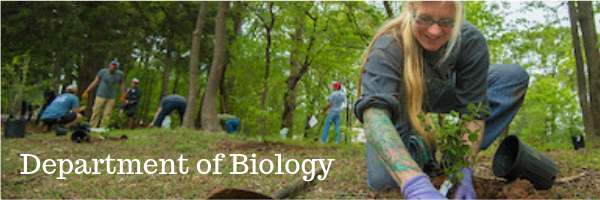
Faculty and Student Publications
Document Type
Article
Publication Date
12-1-2021
Abstract
Understanding how species-rich communities persist is a foundational question in ecology. In tropical forests, tree diversity is structured by edaphic factors, climate, and biotic interactions, with seasonality playing an essential role at landscape scales: wetter and less seasonal forests typically harbor higher tree diversity than more seasonal forests. We posited that the abiotic factors shaping tree diversity extend to hyperdiverse symbionts in leaves—fungal endophytes—that influence plant health, function, and resilience to stress. Through surveys in forests across Panama that considered climate, seasonality, and covarying biotic factors, we demonstrate that endophyte richness varies negatively with temperature seasonality. Endophyte community structure and taxonomic composition reflect both temperature seasonality and climate (mean annual temperature and precipitation). Overall our findings highlight the vital role of climate-related factors in shaping the hyperdiversity of these important and little-known symbionts of the trees that, in turn, form the foundations of tropical forest biodiversity.
Relational Format
journal article
Recommended Citation
Oita, S., Ibáñez, A., Lutzoni, F., Miadlikowska, J., Geml, J., Lewis, L. A., Hom, E. F. Y., Carbone, I., U’Ren, J. M., & Arnold, A. E. (2021). Climate and seasonality drive the richness and composition of tropical fungal endophytes at a landscape scale. Communications Biology, 4(1), 313. https://doi.org/10.1038/s42003-021-01826-7
DOI
10.1038/s42003-021-01826-7
Accessibility Status
Searchable text

